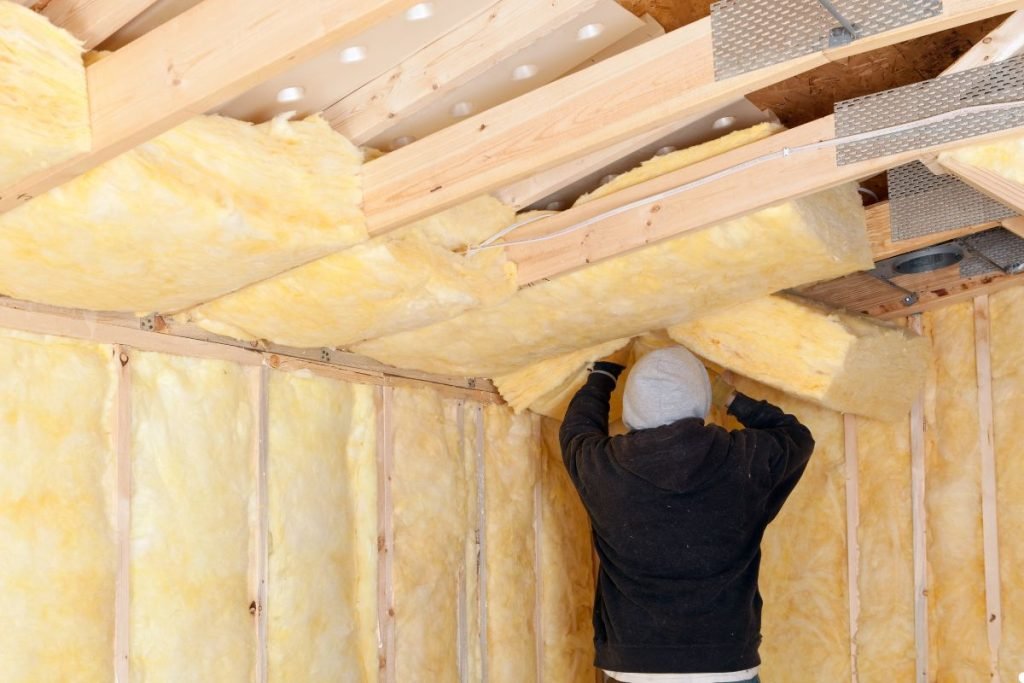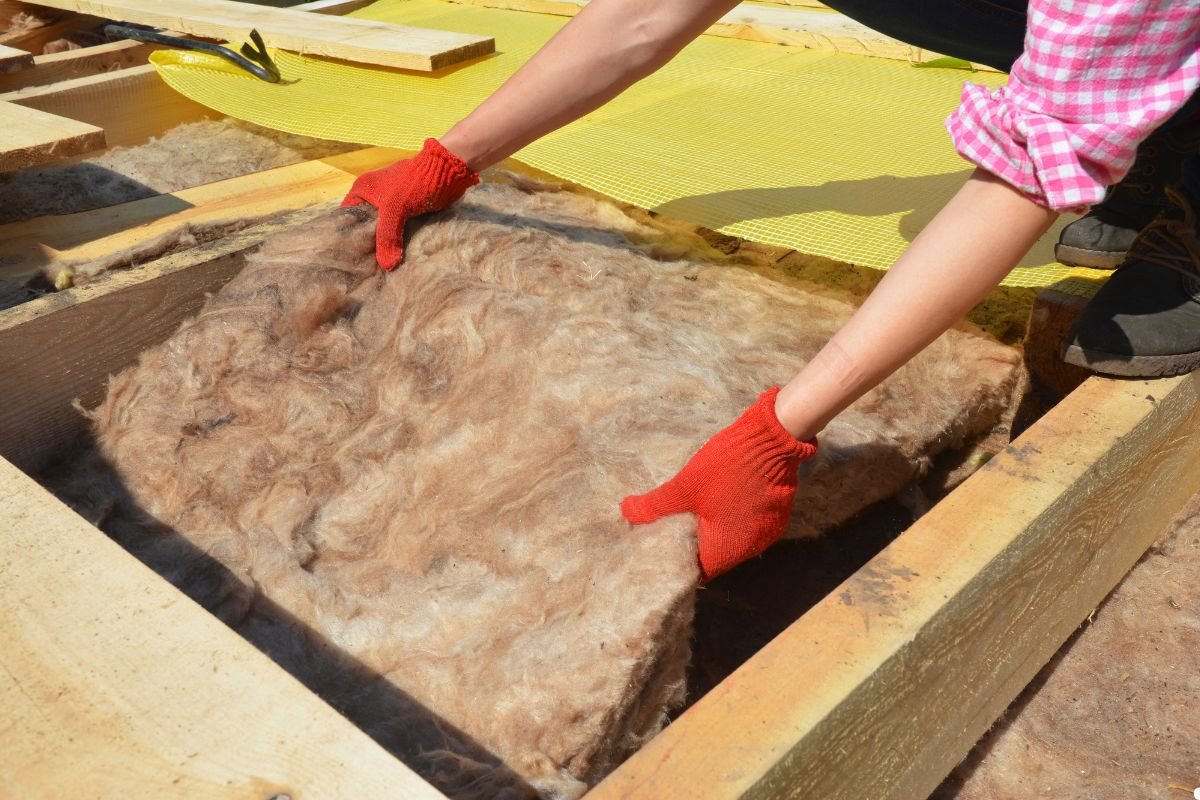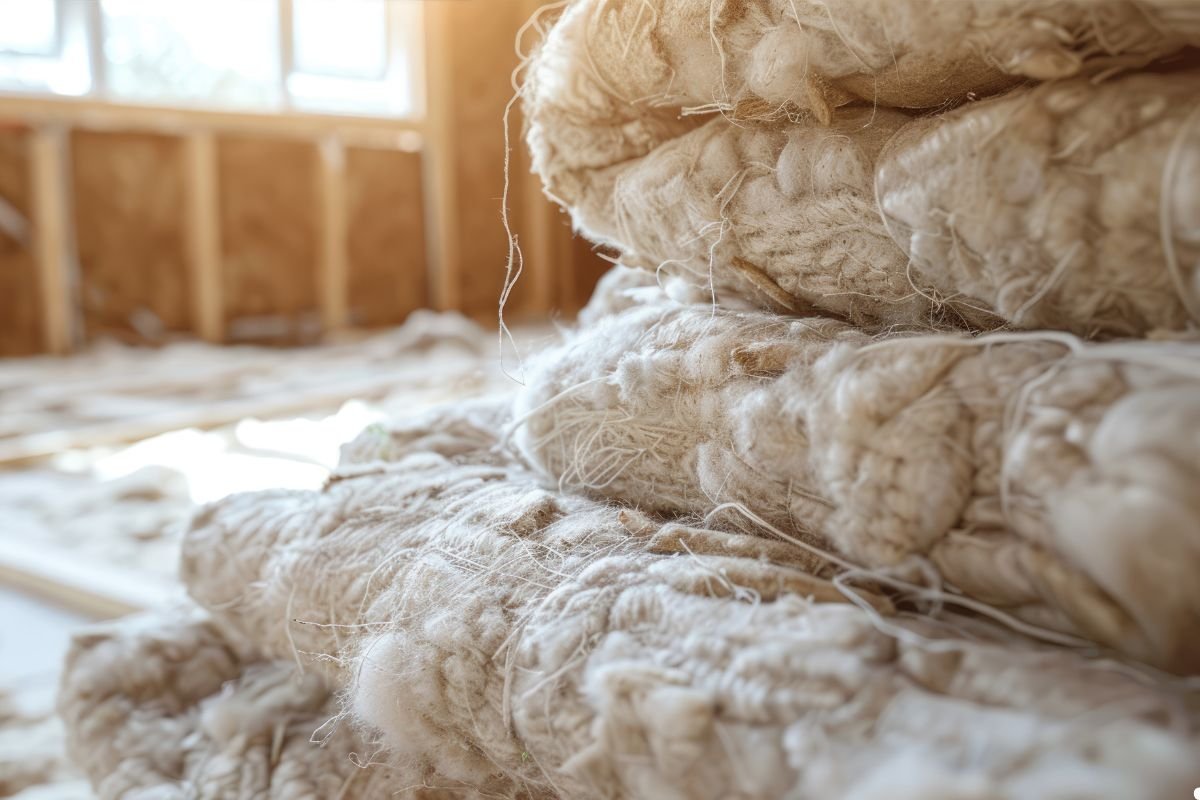
Feeling chilly even when the heat is on? Are your energy bills creeping higher each winter? Your home might be losing precious heat. The main signs include consistently high energy bills, rooms that feel much colder than others, noticeable drafts near windows and doors, a furnace that runs constantly, condensation on windows, and cold surfaces like floors or walls. Understanding these signs is the first step to creating a more comfortable and energy-efficient San Francisco home. Call us today to schedule a home energy assessment and start saving on your energy bills!
Why Worry About Heat Loss in San Francisco?
While San Francisco doesn’t face the brutal winters of some parts of the country, our cool, damp climate means homes still rely heavily on heating for comfort. Heat loss isn’t just about feeling cold; it directly impacts your wallet through wasted energy. Escaping heat forces your furnace or heater to work harder and longer, driving up your utility bills significantly. Addressing heat loss improves your comfort, reduces your energy consumption, lowers your carbon footprint, and ultimately saves you money – important considerations given the energy costs in the Bay Area. A well-sealed and insulated home stays warmer longer, creating a cozier living environment during those foggy SF days and nights. Without proper duct insulation, warm air can escape through your ductwork before it even reaches your living space.

Sign 1: Your Energy Bills Keep Climbing
One of the most undeniable signs of heat loss is a steady, unexplained increase in your heating bills. If your rates haven’t dramatically changed and your heating habits remain consistent, but your bills are soaring, your home is likely leaking heat. Your heating system compensates by running more often or for longer durations, consuming more fuel or electricity. Compare your current bills to previous years – a significant jump warrants investigation into potential heat loss points. It might be time to look into improving your home’s energy efficiency.
Sign 2: Uneven Temperatures & Cold Spots
Do certain rooms in your house feel like iceboxes while others are comfortably warm? Uneven heating is a classic symptom of heat loss, often caused by poor insulation or air leaks concentrated in specific areas. Maybe the bedroom over the garage is always cold, or the living room with the large picture window never seems to warm up properly. These temperature variations indicate that heated air is escaping or cold air is infiltrating specific zones, preventing your HVAC system from maintaining a consistent temperature throughout your home.
Sign 3: Noticeable Drafts Around Windows & Doors
Feeling a distinct chill or movement of air when you stand near windows, doors, electrical outlets, or even fireplace dampers? These drafts are direct pathways for cold outside air to enter and warm indoor air to escape. In many San Francisco homes, especially older ones, seals around windows and doors degrade over time. Even small gaps can lead to significant heat loss. Run your hand slowly around these common culprits on a cold day – if you feel a noticeable temperature difference or airflow, you’ve found an air leak that needs sealing. Addressing drafty windows and doors is crucial.
Sign 4: Your Furnace or Heater Runs Constantly
A properly functioning heating system should cycle on to reach your desired thermostat setting and then turn off for a reasonable period. If you notice your furnace or heater running almost continuously, or cycling on and off very frequently (short-cycling), it’s working overtime. This often means it’s struggling to compensate for rapid heat loss. The warm air it produces is escaping too quickly, so the thermostat constantly signals the system to turn back on. This not only wastes energy but also puts excessive wear and tear on your HVAC equipment.
Sign 5: Condensation Build-up on Windows
While a little fogging on windows during cold weather can be normal, excessive condensation (water droplets, moisture pooling on sills, or ice forming on the inside pane) is a red flag. It often indicates that the window surfaces are too cold, usually due to poor insulating properties (like single-pane windows) or air leaks around the frame. It can also suggest high indoor humidity levels, which can be exacerbated when warm, moist indoor air meets cold window surfaces – a common scenario where heat is being lost rapidly through or around the glass. Managing indoor humidity can sometimes help, but cold window surfaces point to heat loss.
Sign 6: Cold Floors, Walls, or Ceilings
Pay attention to how surfaces in your home feel during colder weather. Are your floors consistently frigid, especially those above crawl spaces or garages? Do exterior walls feel noticeably colder than interior ones? Is the ceiling under the attic icy to the touch? These cold surfaces are strong indicators of insufficient or missing insulation in those specific areas. Heat naturally moves towards colder areas, so if your walls, floors, or ceilings lack adequate thermal resistance, they become pathways for heat to escape your living space. Addressing inadequate home insulation is key.
Sign 7: Visible Gaps or Damaged Insulation
If you have access to your attic, crawl space, or basement rim joists, take a look at the insulation. Do you see areas where insulation has fallen, is compressed, looks wet or moldy, or are there visible gaps where you can see the joists or wall studs? Can you see daylight peeking through gaps near the eaves in the attic? Any visible damage, settling, or inconsistencies in your insulation significantly reduce its effectiveness (R-value) and create thermal bridges where heat can easily escape. Sometimes, critters can also damage or displace insulation, creating pathways for heat loss.
What To Do: Addressing Heat Loss in Your SF Home
Once you’ve identified the signs, it’s time to take action. Many solutions range from simple DIY fixes to professional interventions.
DIY Checks and Simple Fixes
Many common heat loss problems can be tackled by homeowners. Start by visually inspecting common culprits: check the weatherstripping around doors and windows for wear and tear and replace it if necessary. Use caulk to seal visible gaps around window and door frames, electrical boxes, and where pipes or wires enter your home. Ensure fireplace dampers close tightly when not in use. Check that heating vents aren’t blocked by furniture or rugs. These simple steps can make a noticeable difference in reducing drafts and saving energy. You can find helpful guides from sources like the Department of Energy for basic air sealing.
When to Call a Professional
While DIY fixes help, significant heat loss often requires expert attention. If you suspect major insulation issues (especially in walls or hard-to-reach attics), have persistent drafts you can’t locate, notice your HVAC system is malfunctioning, or want a comprehensive assessment, it’s time to call professionals. An HVAC technician can inspect your furnace or heater for efficiency and proper operation. An insulation contractor can assess your current insulation levels and recommend upgrades. For a whole-house approach, consider a professional home energy audit. Auditors use tools like blower doors and infrared cameras to pinpoint exact locations of air leaks and insulation deficiencies throughout your San Francisco home.

Stay Warm and Save Money in San Francisco
Ignoring the signs of heat loss means enduring discomfort and paying unnecessarily high energy bills. By identifying drafts, cold spots, and inefficient system operation, you can take targeted steps to improve your San Francisco home’s energy efficiency. Sealing air leaks, upgrading insulation, and ensuring your heating system runs optimally will keep your home warmer, reduce your energy consumption, and save you money season after season. Don’t let your warmth and hard-earned cash escape – address heat loss today! Ready to boost your home’s efficiency and cut costs? Contact us for a personalized heat loss assessment!
Frequently Asked Questions About Home Heat Loss
How much money can I really save by fixing heat leaks?
Savings vary depending on the extent of the heat loss, the types of improvements made, fuel costs, and your heating habits. However, according to Energy Star, homeowners can often save an average of 15% on heating and cooling costs (or an average of 11% on total energy costs) by air sealing their homes and adding insulation in attics, crawl spaces, and basement rim joists. Significant leaks or major insulation upgrades can lead to even higher savings.
Is my old San Francisco home just naturally drafty?
While older San Francisco homes often have construction styles (like balloon framing or original single-pane windows) that can be prone to air leakage, “naturally drafty” doesn’t mean it can’t be fixed. Many air leaks in older homes can be sealed through targeted weatherstripping, caulking, and insulation improvements without compromising the building’s character. Addressing these issues is crucial for comfort and efficiency in classic SF properties.
What’s the difference between an HVAC check and an energy audit?
An HVAC check specifically focuses on the performance, safety, and efficiency of your heating and cooling system (furnace, air conditioner, heat pump). A home energy audit is a whole-house assessment. It includes evaluating the HVAC system but also looks comprehensively at insulation levels, air leakage rates (using tools like a blower door), window efficiency, duct leakage, and more to identify all major sources of energy waste, including heat loss through the building envelope.
Can new windows really stop significant heat loss?
Windows can be a major source of heat loss, especially if they are old, single-paned, or poorly sealed. Upgrading to modern, energy-efficient double- or triple-pane windows with low-E coatings and insulated frames can significantly reduce heat transfer through the glass and minimize drafts around the frames. While a substantial investment, it can contribute noticeably to reducing heat loss and improving comfort, especially in rooms with large window areas. Call us today to learn more about energy-efficient window options and schedule your free consultation!
